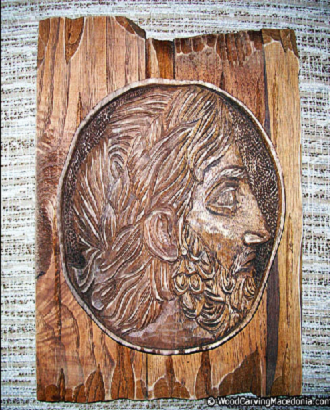

History
The city’s origins date back to the fourth century BC, when it was founded by the Illyrians. The original set of walls, whose foundations remain to this day, were built by them during the third century BC. They run around a vast area, in a triangular shape, for about two kilometres. Though they are in varying states around the site, with some parts having been renovated, the structure includes some of the original stones.
Byllis like most Illyrian cities was created as a center that served as the capital in the context of a union or federation of cities or tribes. Looking at its layout and construction techniques and the cemetery near the eastern entry, lead to the conclusion that the city was not founded earlier than 370-350 BC. The fast construction of such a big city was the result of a development of civic life in this area, to strenghten the economic development and to resist the aggression of Philip II of Macedonia in the middle of the century. The area around had a number of other ancient cities like: Nikaia (near the village of today Klos), Gurezeza near Cakranit, Margelliç, near Patos, Rabije Kalivaç in Tepelena territory.
After the Roman conquest, Byllis turned into a Roman colony and is said to have been a supply base for the Roman legions of Julius Cesar. The city was mentioned in one of Cicero’s orations, in a fiery speech damning Marcus Brutus for occupying the city.
During Roman rule the city was sacked twice by foreign invaders. The first was an attack by the Visigoths at the end of the fourth century AD, who reached the region after their siege of Adrianople (modern day Edirne in Turkey).
In 586 AD, Byllis was sacked again, which led its inhabitants to leave the city which then remained uninhabited to this day. After the attack, the inhabitants moved to nearby town of Ballsh, a transformation of the name Byllis.